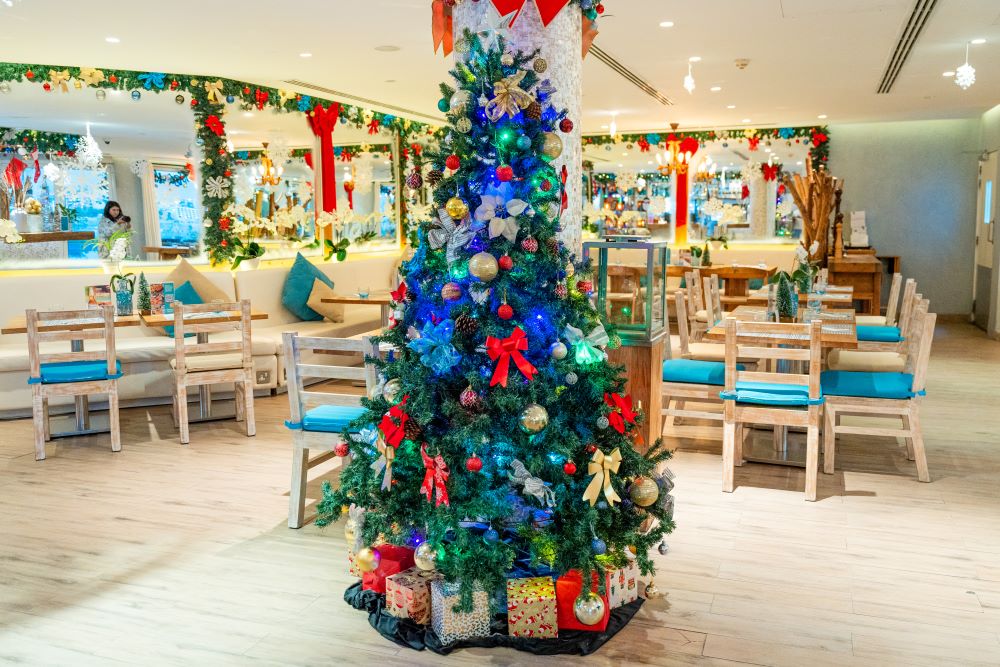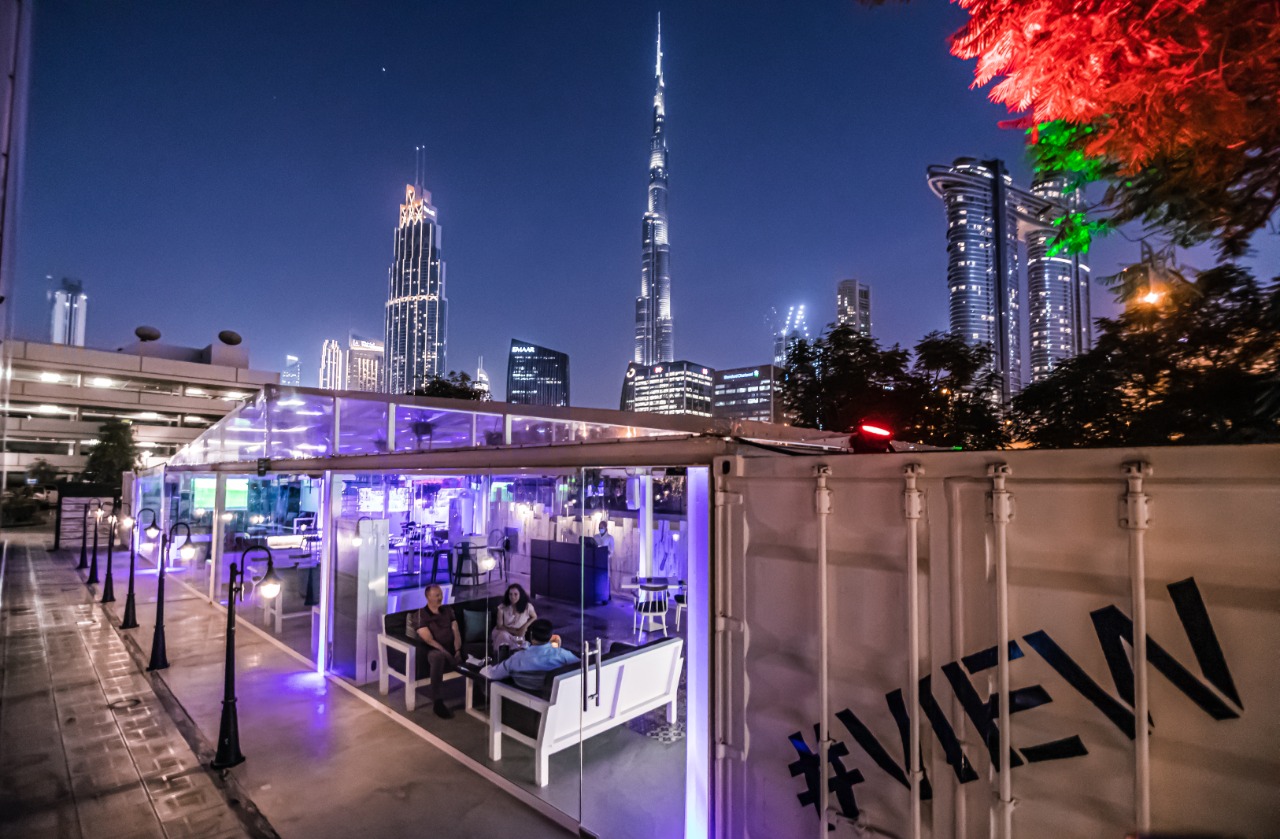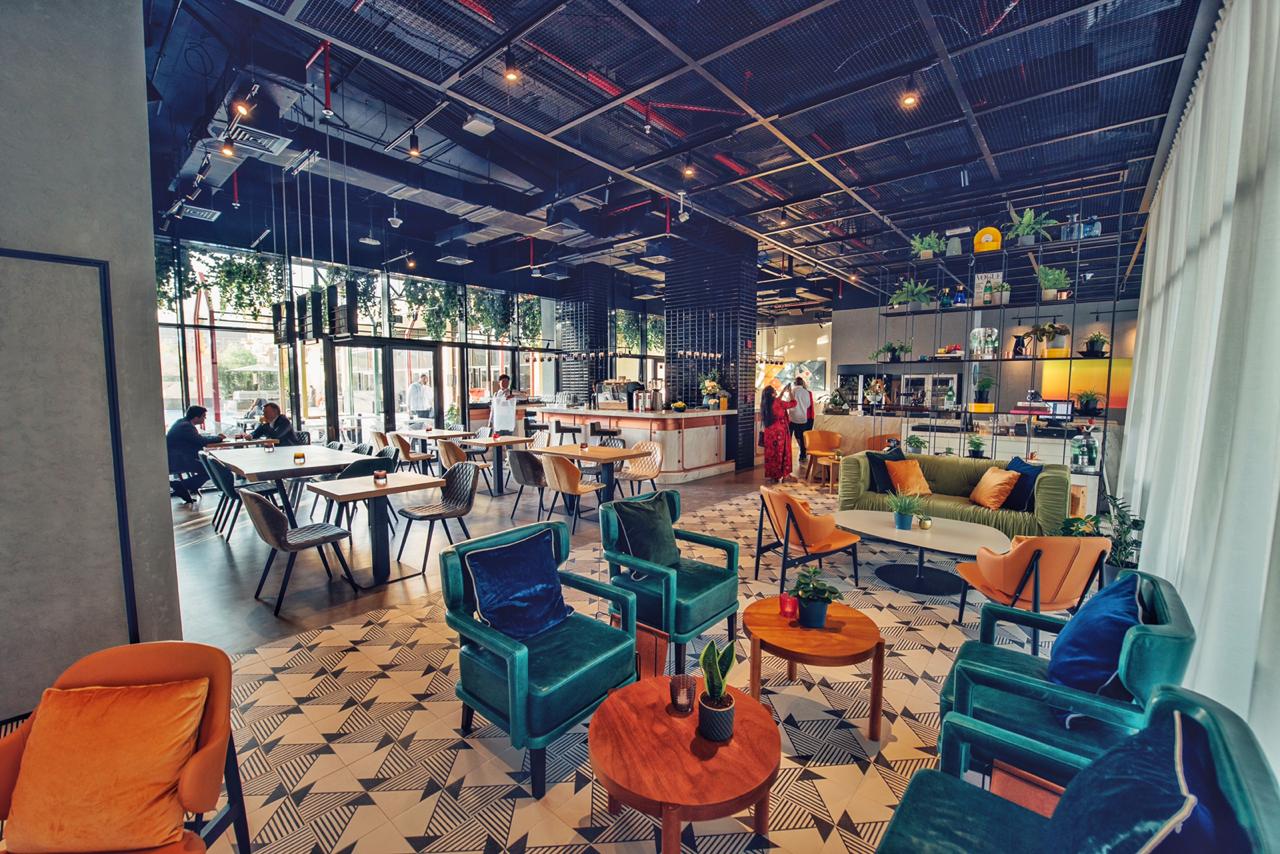So that the genocidal massacre of the Tutsis carried out in Rwanda from April to July 1994 remains firmly fixed within our collective memory, France seeks to pay a national, visible and permanent tribute to the victims’ memory.
The fruit of a close collaboration between the French state, the City of Paris and Ibuka France (association of the survivors’ representatives), the project for creating a national memorial paying tribute to the genocide’s victims was officially announced by the French president and the Mayor of Paris on 7 April 2023 during commemorations. To be situated in Paris on the Quai d’Orsay, between the Pont de l’Alma and the Pont des Invalides bridges, the commissioned work of art must blend into this heritage site of great symbolic and cultural value. In proximity to several other national memorials, within a much frequented public space, the artwork will signify the importance to France of this major historical event of the twentieth century. Meant to last for future generations’ contemplation, this artistic creation will constitute, in the heart of Paris, a reminder to remain ever vigilant regarding this terrifying enterprise of human destruction. It will also allow the genocide’s survivors, the victims’ loved ones, and everyone who so wishes, to there gather in remembrance, notably during the annual commemorations. In this manner, the commissioned artwork will ensure that the victims will never be forgotten.
This artwork in memory of the genocidal massacre of the Tutsis will bear a universal message favouring a reflection on the other genocides carried out against humanity. It will thus pay solemn tribute to all victims of extremisms and of racial hatred, while promoting the values of respect, tolerance, equality and fraternity among peoples. Symbolising survivors’ resilience, the artwork will also share a universal message of humanism and of peace, and embody a celebration of life.

The Centre national des arts plastiques (CNAP), the commissioning entity for this artwork, strives to support and promote contemporary creation in all its great diversity, as much with regard to the different artistic disciplines – painting, sculpture, design, photography, video, graphic design, etc. – as to the various professional artistic careers, while also acquiring for the French state new artworks to further enrich its national collection.
This international call for application will allow for the selection of the artist commissioned to design and create this work of art. The chosen artist could be presented to the public during the genocide’s 30th annual commemoration. The artwork will be inaugurated on 7 April 2025.
The commissioned work will be acquired by the CNAP collection.
This call for application is addressed to visual artists with a proven professional career allowing them to access the PLACE platform (https://www.marches-publics.gouv.fr).
Principles
Nature of the contribution and constraints
- The artwork will be permanently placed on the esplanade between the Pont de l’Alma and the Pont des Invalides bridges, in the 7th arrondissement of Paris, jointly visible with several historic monuments. This site is subject to public-utility constraints stipulated in the city’s urban-planning, heritage and environmental codes. The site is also situated within the UNESCO ‘Paris, Banks of the Seine’ heritage property, recognised for its exceptional universal value since 1991.
- The commissioned artwork must harmoniously blend into its setting, without adversely effecting the location’s open perspective.
- The artwork must respect the site’s vegetation.
- The artwork must not jeopardise property, persons, flora or the equilibrium of the fauna present at the site.
- The artwork must present the characteristics of resistance and stability proper to public-space installations (resisting rain, wind, frost, snow, sunlight). The materials used must also resist possible interactions with the public.
- The artwork will require a minimal amount of maintenance.
- The artwork must not require any special hook-ups (for water, electricity, etc.). Audio artworks are excluded.
- Special attention will be paid to the proposed artwork’s ecological impact (concerning its manufacture, transport, and operational features).
- The artwork must respect all constraints proper to the planned site: the historic monuments perimeter, technical obligations linked to the ground’s load-bearing qualities and to the RER tunnel located beneath the esplanade, and notably the site’s UNESCO protections. These constraints will be detailed in the technical specifications dossier provided to all preselected applicants, for them to carry out their obligatory technical study.
- The site is characterised by a load-bearing limit of 400 kg per square meter, which must be taken into account for the artwork’s design and installation.
- The project must be approved by the Bâtiments de France institution, whose assigned architect will evaluate the proposed artwork’s possible adverse effects upon all jointly visible monuments and upon the site’s setting (landscape). The project must also be officially approved by the City of Paris.
- The artwork must allow for the holding of on-site commemorative events.
Provisional budget
- The total budget dedicated to this project is €550,000 (including tax).
- Payment for the non-selected projects is fixed at €5,000 (including tax).
- Provisional amount accorded the winning project for the artwork’s creation and installation: €500,000 (including tax).
This amount includes the winning artist’s remuneration and all of their travel and accommodation costs for this project, as well as their artwork’s design, creation (and monitoring of its creation), transport, installation, and if applicable its putting into operation; it also includes any additional intellectual services necessary for the artwork’s creation, as well as the transfer of all property rights concerning the work’s reproduction or representation, and also all relevant taxes and social contributions.
DESIGNATED SITE FOR THE ARTWORK

Esplanade Habib-Bourguiba
7th arrondissement of Paris
The Esplanade Habib-Bourguiba is located along the Seine River in the 7th arrondissement of Paris, between the Pont des Invalides and the Pont de l’Alma. The site constitutes a section of the Promenade des Berges de la Seine on the upper quay; another section situated below is linked to the esplanade via the Promenade Gisèle Halimi, constituting two circular ramps connected on either end of the esplanade from the Quai d’Orsay with the Port du Gros-Caillou.
This public space was created by the installation of a slab above the Les Invalides railway line constructed in 1889, which served the Gare du Champ-de-Mars and extended via an open trench all the way to the Gare des Invalides, inaugurated in 1900. The grassy parterre testifies to the lack of soil limiting any vegetal growth. The slab’s weight-bearing capacity for an artwork’s installation must be assessed by the SNCF.
The site is open and unfenced, freely accessible to the public 24 hours a day. A playground occupies the central parterre, on the downriver side. Opening onto the Seine riverbank landscape, with distant perspective views of the Colline de Chaillot and with the Grand Palais in counter-point, the site’s spectacular location makes it ideal for memorial works or installations.
Memorial and artistic works are already present at the site, distributed from up- to down-stream as follows:
- Le Messager by Ossip Zadkine (1890–1967) is a figurative bronze sculpture of Cubist inspiration, based on an original wood work created for the 1937 Paris International Exposition.
- Le monument commémoratif de la campagne de Tunisie 1942-1943 presents a stone monument representing a pile of closed books topped by a medallion representing General Leclerc de Hauteclocque, inaugurated on 16 October 1967 and maintained by the French Ministry of Defence.
- Le buste d’Habib Bourguiba, representing the first president of the Republic of Tunisia (from 1957 to 1987), was created by the sculptor Ali Macunluoglu and inaugurated by the Mayor of Paris on 20 March 2013 during the 57th anniversary of Tunisia’s independence.
This site is subject to public-utility constraints as stipulated in the city’s urban-planning, heritage and environmental codes. The Esplanade Habib-Bourguiba is situated within the listed City of Paris site (ministerial decree of 6 August 1975) and located near several monuments, the most visible being the Pont Alexandre III (listed historic monument as of 19 April 1975) and the Hôtel particulier René Lalique (listed ‘partial historic monument’ as of 26 October 1964) located on the opposite side of the Seine at 40 Cours Albert-Ier in the 8th arrondissement. One must also note the presence of the UNESCO ‘Paris, Banks of the Seine’ heritage property, listed in 1991 as a world heritage site, which while internationally famous does not present any particular public-utility constraints.
The installation of an artwork on the Esplanade Habib-Bourguiba necessitates the approval by the designated Bâtiments de France architect, who must evaluate the proposed artwork’s possible adverse effects upon all jointly visible monuments and upon the listed site’s setting (landscape).
For more information, please visit https://www.cnap.fr and https://www.instagram.com/cnapfr/



